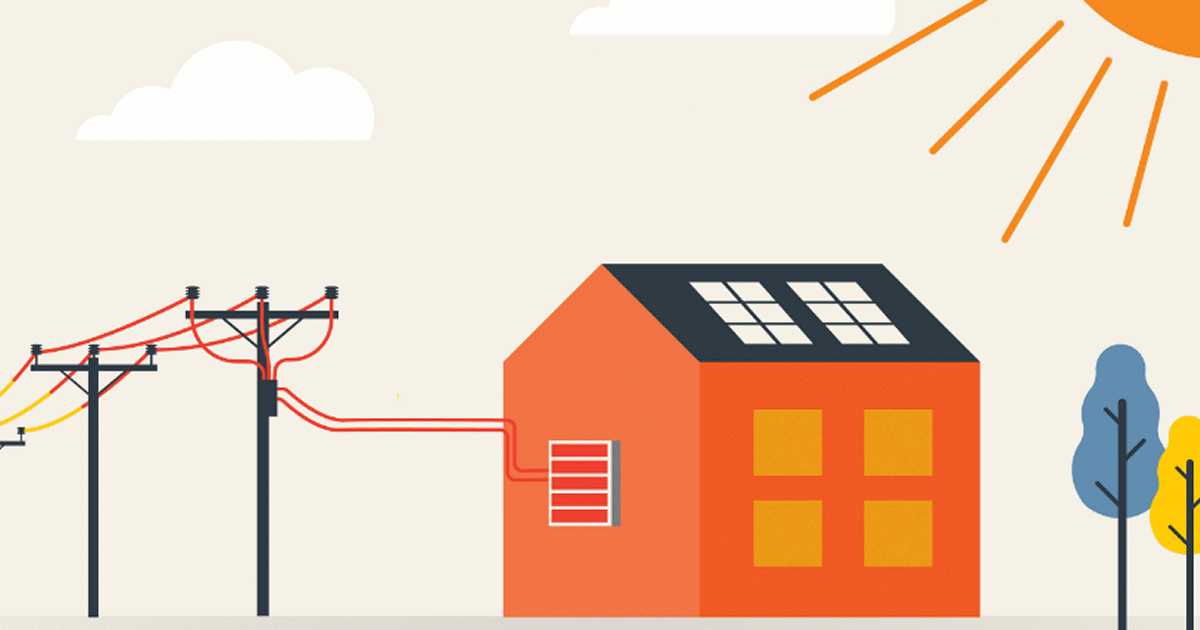
A start date in South Australia for mandatory inverter dynamic solar export support has been recommended. As for other states, this may be heading their way at some point too.
First, a little background.
What Are Dynamic/Flexible Solar Exports?
In a nutshell, dynamic exports involve solar inverters being instructed by a central computer system when they can export power to the mains grid based on network conditions – and how much.
In some parts of Australia, there’s so much solar energy exported by rooftop PV systems at certain times of the day that network congestion is resulting in inverters tripping off or ramping down, and contributing to other localised voltage issues. In these situations there is the potential for overloading or damaging network equipment, resulting in blackouts.
The situation is also preventing some households from being permitted to install rooftop solar systems, or being subject to zero-export limits – and that’s not very fair.
In South Australia, SA Power Networks (SAPN) can already remotely temporarily disconnect solar systems installed after September 28 2020 when the situation calls for it, but it’s a blunt tool and is mainly being used for wider network stability problems rather than issues at a local level.
Dynamic solar exports might sound like a bad thing to some, but the very good news is it will enable increased export limits compared to current static limits at times when the network can support it.
South Australia Heads Towards Flexible Exports
South Australia has been leading the way in the move towards flexible solar exports and SAPN is already offering some new solar owners in Adelaide a choice between flexible and fixed exports.
A recent trial carried out by SAPN in partnership with Tesla and CSIRO has also demonstrated higher levels of energy exports from solar and battery systems participating in a VPP (Virtual Power Plant) are achievable through dynamic export limits.
It appears installing a solar system that has this capability won’t be optional in the not-too-distant future .
In a recent Notice to Industry from South Australia’s Department for Energy and Mining, the Dynamic Exports Committee has recommended a date of 1 July 2022 for commencement of requirements for systems being capable of remotely updating and enacting dynamic export limits.
“This date is intended to facilitate the publication of the Australian IEEE 2030.5 implementation guide (CSIP-AUS) and the associated test procedures, development of a certification process, and to incorporate learnings provided by the SA Power Networks Flexible Exports trial,” the Notice states.
There’s no information in the notice as to how or if this will be applied to existing systems capable of being tweaked to support flexible exports.
As for elsewhere in Australia; where SA goes, other states and territories are likely to follow as network congestion is not an SA-only challenge. This innovation will enable more rooftop solar power to be installed across the nation, and that’s good for everyone.
Earlier this year, SolarQuotes founder Finn Peacock provided his views on flexible solar exports – and he thinks it’s a generally a pretty good thing.

 RSS - Posts
RSS - Posts



This seems to be only half of the equation. I sincerely hoping they are going to introduce demand side management as well e.g. signalling that excess energy is in the grid and allowing devices to take advantage of it.
Lots of loads are not time sensitive, or only sensitive on a long (day, multi day) time scale, such as water heating, battery charging, slab heating etc..
Thanks for the article Michael.
Indeed Queensland is going in the same direction, for Energex & Ergon DNSPs for what they’re calling “enabling dynamic customer connection for Distributed Energy Resources (DER)”
Full info in the link, but looks very similar to what you have described
https://www.talkingenergy.com.au/dynamicder